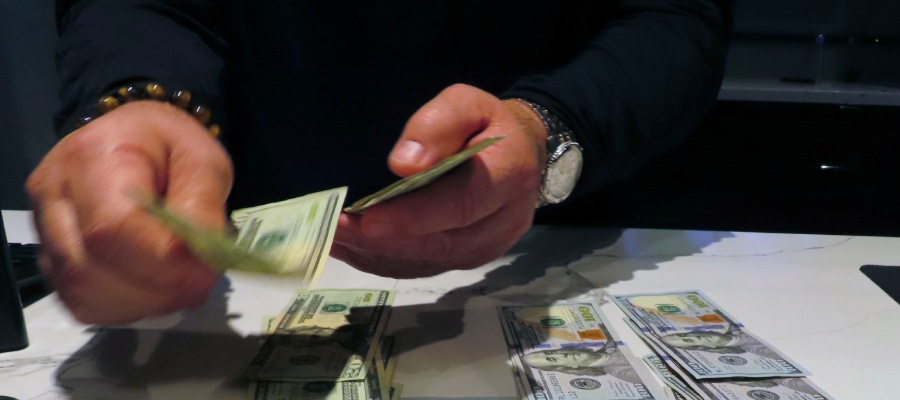In sports betting, point shaving is defined as the act of purposefully fixing a match in order to prevent a favored team from covering the spread in a given game. Generally involves a sports gambler and a player or players from the favored team collaborating to prevent the covering of a published point spread. The gambler often bribes the player or players to purposefully jeopardize the game’s final score.
What is Point Shaving?
In basketball, for example, the players involved in the scheme can create turnovers, commit fouls or miss shots in the attempt to keep the game’s final score within the margin desired by the gambler.
The gambler then makes a bet against the bribed team with the hope of making money off the point shaving scheme.
Another form involves a gambler collaborating with a game official or referee, who—in exchange for a bribe—makes favorable calls for the underdog, which in turn hurts the favored team’s chances of covering the spread.
Examples of Point Shaving in Sports Betting
The most famous case in college basketball betting was the 1951 CCNY scandal that involved several players from the City College of New York.
The in-depth nature of the scandal resulted in the arrest of numerous players from many schools, including NYU, LIU, Kentucky, Manhattan College, Bradley and Toledo.
Other infamous examples include the Dixie Classic scandal of 1961 and the Boston College basketball point shaving scandal of 1978–79, which was engineered by mobsters Jimmy Burke and Henry Hill.
Scope of Point Shaving in Sports
Outside basketball betting, this can also be employed in American Football (NFL and NCAAF), where a quarterback throws interceptions and bad passes, or referees calling plays incorrectly. Other sports such as soccer and cricket, a select of other individual sports, can also involve point shaving.
Welcome Bonuses from MyBookie : DOUBLE YOUR FIRST CRYPTO DEPOSIT!
Sports Betting Odds
Betting Online Casino
| Playing Blackjack or Poker |
| Understanding Live Casino |
| Best Casino Online Games |






